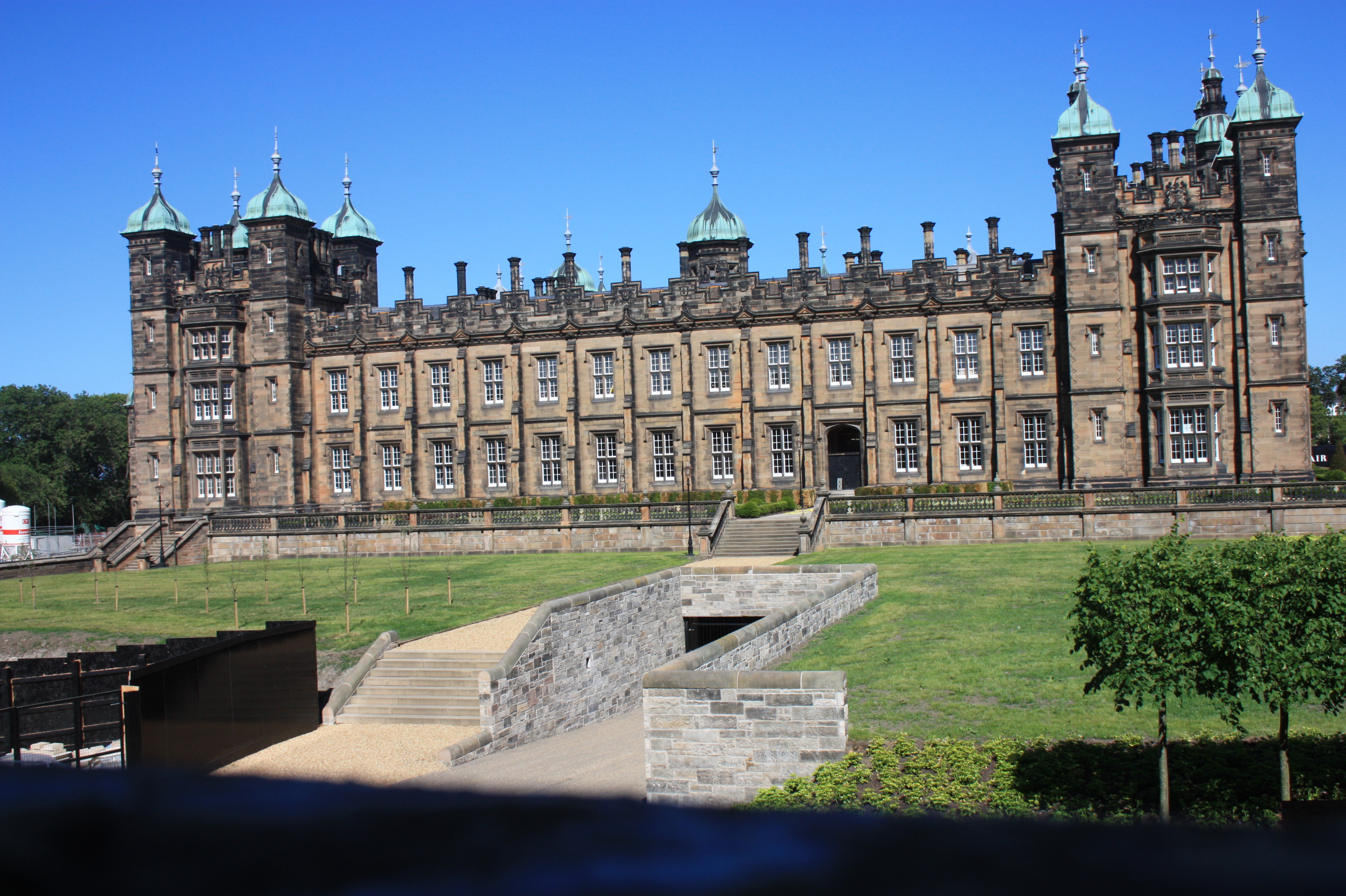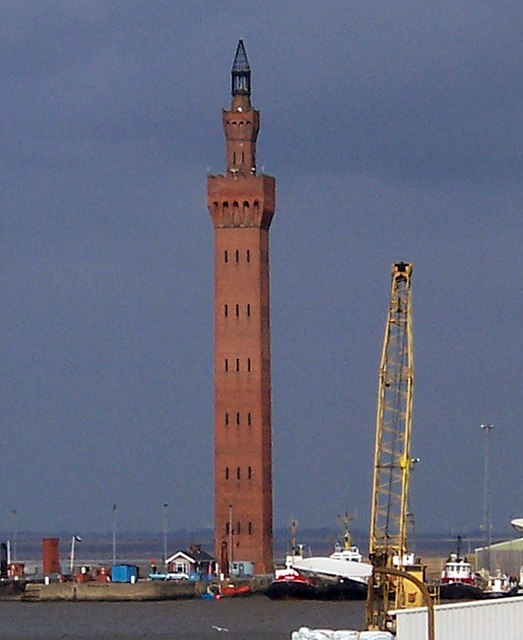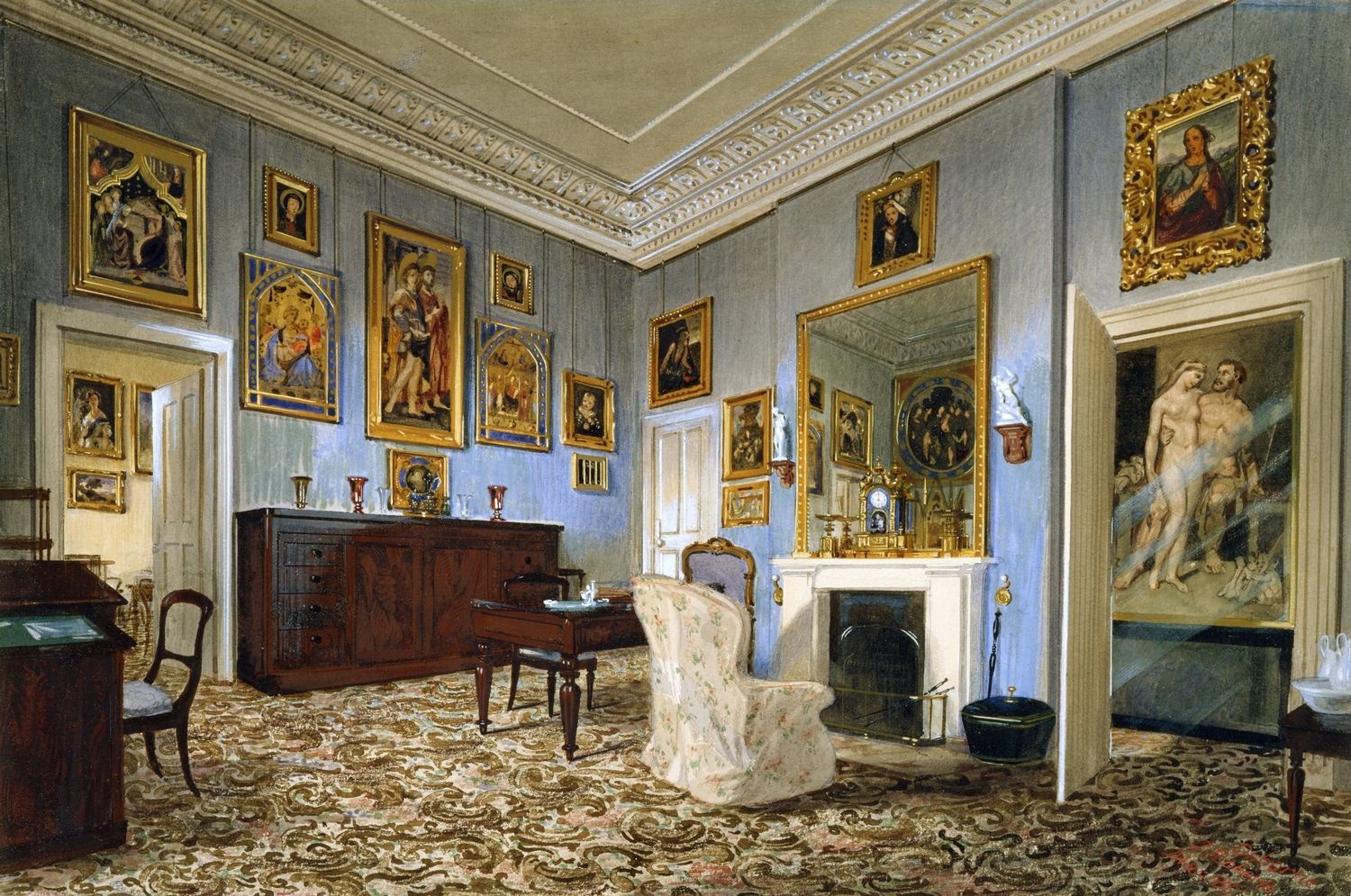|
1851 In Architecture
The year 1851 in architecture involved some significant architectural events and new buildings. Events * Missions Héliographiques established by Prosper Mérimée to photograph historical French architecture. Buildings and structures Buildings opened * February 5 – Saint Thomas Episcopal Church and Rectory, Smithfield, Rhode Island, USA, designed by Thomas Alexander Tefft. * May 1 ** The Crystal Palace, home of the Great Exhibition, erected in Hyde Park, London to the design of Joseph Paxton. ** Permanent Windsor Riverside railway station in England completed to the design of William Tite. * May 31 – Madonna dell'Archetto, Rome Italy. * July 25 – Holy Trinity Church, Bangalore, India. * October 1 – Alabama State Capitol, Montgomery, Alabama. Buildings completed * Osborne House on the Isle of Wight, England, designed by Prince Albert in consultation with builder Thomas Cubitt. * Dock Tower in Grimsby, England. * Donaldson's Hospital in Edinburgh, Scotland, designed ... [...More Info...] [...Related Items...] OR: [Wikipedia] [Google] [Baidu] |
Missions Héliographiques
Missions Héliographiques was a 19th-century project to photograph landmarks and monuments around France so that they could be restored. The project was established by Prosper Mérimée, France's Inspector General of Historical Monuments and author of ''Carmen'', in 1851. The intent was to supplement Monument historique, a program Mérimée started in 1837 to classify, protect and restore French landmarks. Mérimée hired Edouard Baldus, Hippolyte Bayard, Gustave Le Gray, Henri Le Secq and Auguste MestralRosenblum, p. 100. to carry out the photography, with the aim that architect Eugène Viollet-le-Duc could eventually restore them. Although the daguerrotype originated in France, Mérimée preferred the calotype, which offered more detailed textures. Mestral and Le Gray photographed areas southwest from Paris, Le Secq the north and east. Bayard, who chose to work with glass negatives instead of paper, went west to Brittany and Normandy. Baldus covered the south and east, inclu ... [...More Info...] [...Related Items...] OR: [Wikipedia] [Google] [Baidu] |
Bangalore Mirror
''Bangalore Mirror'' is a daily English-language newspaper published in Bangalore, India. It is a deputed newspaper and is the second-largest circulating English newspaper in the city ''Vijay Times'' ''Vijay Times'' was an English newspaper started by Vijayananda printers in December 2002. The newspaper along with other sister publications was bought by the Bennett, Coleman & Co. Ltd. in 2006, publishers of India's leading newspaper, ''The Times of India ''The Times of India'', also known by its abbreviation ''TOI'', is an Indian English-language daily newspaper and digital news media owned and managed by The Times Group. It is the third-largest newspaper in India by circulation and largest ...''. It ceased publication on 7 June 2007, and was replaced by the ''Bangalore Mirror''. References External links ''Bangalore Mirror'' English-language newspapers published in India Publications of The Times Group 2003 establishments in Karnataka 2007 disestablishments i ... [...More Info...] [...Related Items...] OR: [Wikipedia] [Google] [Baidu] |
De Wachter, Zuidlaren
''De Wachter'' (English: ''The Watchman'') is a smock mill in Zuidlaren, Drenthe, which has been restored to working order. The mill was built in 1851 and is listed as a Rijksmonument, number 41064. History ''De Wachter'' was built in 1851 for the Van Bon family as a corn mill and oil mill. In 1895, the mill was bought by Jan Medendorp, who installed two steam engines as auxiliary power in 1898. The engines were . One steam engine drove an electricity generator while the other was used to power a spice mill. The windmill remaining independent of the auxiliary power. In 1935, the oil mill and spice mill ceased to be used and were dismantled, as were the steam engines. In 1950, Diek Medendorp, the grandson of Jan, decided to close the windmill. Plans were made to preserve the mill, including the restoration of the steam engines. The mill was declared a Rijksmonument by the ''Ministerie van Cultuur, Recreatie en Maatschappelijk Werk''. Between 1968 and 1970 the mill was restored by Di ... [...More Info...] [...Related Items...] OR: [Wikipedia] [Google] [Baidu] |
William Henry Playfair
William Henry Playfair FRSE (15 July 1790 – 19 March 1857) was a prominent Scottish architect in the 19th century, who designed the Eastern, or Third, New Town and many of Edinburgh's neoclassical landmarks. Life Playfair was born on 15 July 1790 in Russell Square, London to Jessie Graham and James Playfair. His father was also an architect, and his uncles were the mathematician John Playfair and William Playfair, an economist and pioneer of statistical graphics. After his father's death he was sent to Edinburgh be educated by his uncle John Playfair. He went on to study at the University of Edinburgh, graduating in 1809. He was first articled to the architect William Stark and when Stark died in 1813, he went to London. In the 1830s Playfair is listed as living at 17 Great Stuart Street on the prestigious Moray Estate in Edinburgh's West End. This is not a building of his own design, but is by his rival James Gillespie Graham. Playfair joined the Free Church followin ... [...More Info...] [...Related Items...] OR: [Wikipedia] [Google] [Baidu] |
Donaldson's Hospital
Donaldson's School, in Linlithgow is Scotland's national residential and day school, providing education, therapy and care for pupils who are deaf or who have communication difficulties. History The School's foundation, 1851 Donaldson's School was founded in 1851 and was housed in the Donaldson's Hospital Building in West Coates, Edinburgh. The school and building were paid for by Sir James Donaldson (1751–1830), who, for a time, was publisher of the ''Edinburgh Advertiser''. The original benefaction was that there should be 200 boys and 200 girls and allowed for special bursaries for poor children. Not all were deaf, although applications on behalf of deaf children were encouraged. From 1938, pupils were exclusively deaf. This benefaction was similar in style to the benefaction of George Watson, who founded and supported other schools in Edinburgh. In 1938, the Royal Institute for Deaf and Dumb, Edinburgh was merged into Donaldson's School. The Royal Institute for Deaf and ... [...More Info...] [...Related Items...] OR: [Wikipedia] [Google] [Baidu] |
Grimsby
Grimsby or Great Grimsby is a port town and the administrative centre of North East Lincolnshire, Lincolnshire, England. Grimsby adjoins the town of Cleethorpes directly to the south-east forming a conurbation. Grimsby is north-east of Lincoln, England, Lincoln, (via the Humber Bridge) south-south-east of Kingston upon Hull, Hull, south-east of Scunthorpe, east of Doncaster and south-east of Leeds. Grimsby is also home to notable landmarks such as Grimsby Minster, Port of Grimsby, Cleethorpes Beach and Grimsby Fishing Heritage Museum. Grimsby was once the home port for the world's largest fishing fleet around the mid-20th century, but fishing then fell sharply. The Cod Wars denied UK access to Icelandic fishing grounds and the European Union used its Common Fisheries Policy to parcel out fishing quotas to other European countries in waters within of the UK coast. Grimsby suffered post-industrial decline like most other post-industrial towns and cities. However, food pro ... [...More Info...] [...Related Items...] OR: [Wikipedia] [Google] [Baidu] |
Dock Tower
Grimsby Dock Tower is a hydraulic accumulator tower and a maritime landmark at the entrance to the Royal Dock, Grimsby, in North East Lincolnshire, England. It was completed on 27 March 1852, based on William Armstrong's idea of the hydraulic accumulator, with the purpose of containing a reservoir at a height of , that was used to provide hydraulic power to power the machinery of the Grimsby Docks. The extreme height of the tower was necessary to achieve sufficient pressure, and as a result of this, the tower can be seen for several miles around, even far inland on the north bank of the River Humber in villages such as Patrington. History and design The tower was built to provide water pressure to power the hydraulic machinery (for cranes, lock gates and sluices) at the Grimsby Docks. The tower was built to carry a tank above the ground with a direct feed into the machinery. Small pumps topped up the tank as the hydraulic machinery drew off water. The tower system was broug ... [...More Info...] [...Related Items...] OR: [Wikipedia] [Google] [Baidu] |
Thomas Cubitt
Thomas Cubitt (25 February 1788 – 20 December 1855) was a British master builder, notable for his employment in developing many of the historic streets and squares of London, especially in Belgravia, Pimlico and Bloomsbury. His great-great-great grand daughter is Queen Camilla. Background The son of a Norfolk carpenter, he journeyed to India as ship's carpenter from which he earned sufficient funds to start his own building firm in 1810 on Gray's Inn Road, London where he was one of the first builders to have a 'modern' system of employing all the trades under his own management. Work Cubitt's first major building was the London Institution in Finsbury Circus, built in 1815. After this he worked primarily on speculative housing at Camden Town, Islington, and especially at Highbury Park, Stoke Newington. His development of areas of Bloomsbury, including Gordon Square and Tavistock Square, began in 1820, for a group of landowners including the Duke of Bedford. He was c ... [...More Info...] [...Related Items...] OR: [Wikipedia] [Google] [Baidu] |
Albert, Prince Consort
Prince Albert of Saxe-Coburg and Gotha (Franz August Karl Albert Emanuel; 26 August 1819 – 14 December 1861) was the consort of Queen Victoria from their marriage on 10 February 1840 until his death in 1861. Albert was born in the Saxon duchy of Saxe-Coburg-Saalfeld to a family connected to many of Europe's ruling monarchs. At the age of twenty, he married his first cousin Victoria; they had nine children. Initially he felt constrained by his role as consort, which did not afford him power or responsibilities. He gradually developed a reputation for supporting public causes, such as educational reform and the abolition of slavery worldwide, and was entrusted with running the Queen's household, office, and estates. He was heavily involved with the organisation of the Great Exhibition of 1851, which was a resounding success. Victoria came to depend more and more on Albert's support and guidance. He aided the development of Britain's constitutional monarchy by persuading his w ... [...More Info...] [...Related Items...] OR: [Wikipedia] [Google] [Baidu] |
Isle Of Wight
The Isle of Wight ( ) is a county in the English Channel, off the coast of Hampshire, from which it is separated by the Solent. It is the largest and second-most populous island of England. Referred to as 'The Island' by residents, the Isle of Wight has resorts that have been popular holiday destinations since Victorian times. It is known for its mild climate, coastal scenery, and verdant landscape of fields, downland and chines. The island is historically part of Hampshire, and is designated a UNESCO Biosphere Reserve. The island has been home to the poets Algernon Charles Swinburne and Alfred, Lord Tennyson. Queen Victoria built her summer residence and final home, Osborne House at East Cowes, on the Isle. It has a maritime and industrial tradition of boat-building, sail-making, the manufacture of flying boats, hovercraft, and Britain's space rockets. The island hosts annual music festivals, including the Isle of Wight Festival, which in 1970 was the largest rock music ... [...More Info...] [...Related Items...] OR: [Wikipedia] [Google] [Baidu] |
Osborne House
Osborne House is a former royal residence in East Cowes, Isle of Wight, United Kingdom. The house was built between 1845 and 1851 for Queen Victoria and Prince Albert as a summer home and rural retreat. Albert designed the house himself, in the style of an Italian Renaissance palazzo. The builder was Thomas Cubitt, the London architect and builder whose company built the main facade of Buckingham Palace for the royal couple in 1847. An earlier smaller house on the site was demolished to make way for a new and far larger house, though the original entrance portico survives as the main gateway to the walled garden. Queen Victoria died at Osborne House on 22 January 1901, aged 81. Following her death, King Edward VII, who had never liked Osborne, presented the house to the state on the day of his coronation, with the royal pavilion being retained as a private museum to Victoria. From 1903 to 1921, part of the estate around the stables was used as a junior officer training colleg ... [...More Info...] [...Related Items...] OR: [Wikipedia] [Google] [Baidu] |
Osborne House (geograph 5626738)
Osborne House is a former royal residence in East Cowes, Isle of Wight, United Kingdom. The house was built between 1845 and 1851 for Queen Victoria and Prince Albert as a summer home and rural retreat. Albert designed the house himself, in the style of an Italian Renaissance palazzo. The builder was Thomas Cubitt, the London architect and builder whose company built the main facade of Buckingham Palace for the royal couple in 1847. An earlier smaller house on the site was demolished to make way for a new and far larger house, though the original entrance portico survives as the main gateway to the walled garden. Queen Victoria died at Osborne House on 22 January 1901, aged 81. Following her death, King Edward VII, who had never liked Osborne, presented the house to the state on the day of his coronation, with the royal pavilion being retained as a private museum to Victoria. From 1903 to 1921, part of the estate around the stables was used as a junior officer training colle ... [...More Info...] [...Related Items...] OR: [Wikipedia] [Google] [Baidu] |
.jpg)








